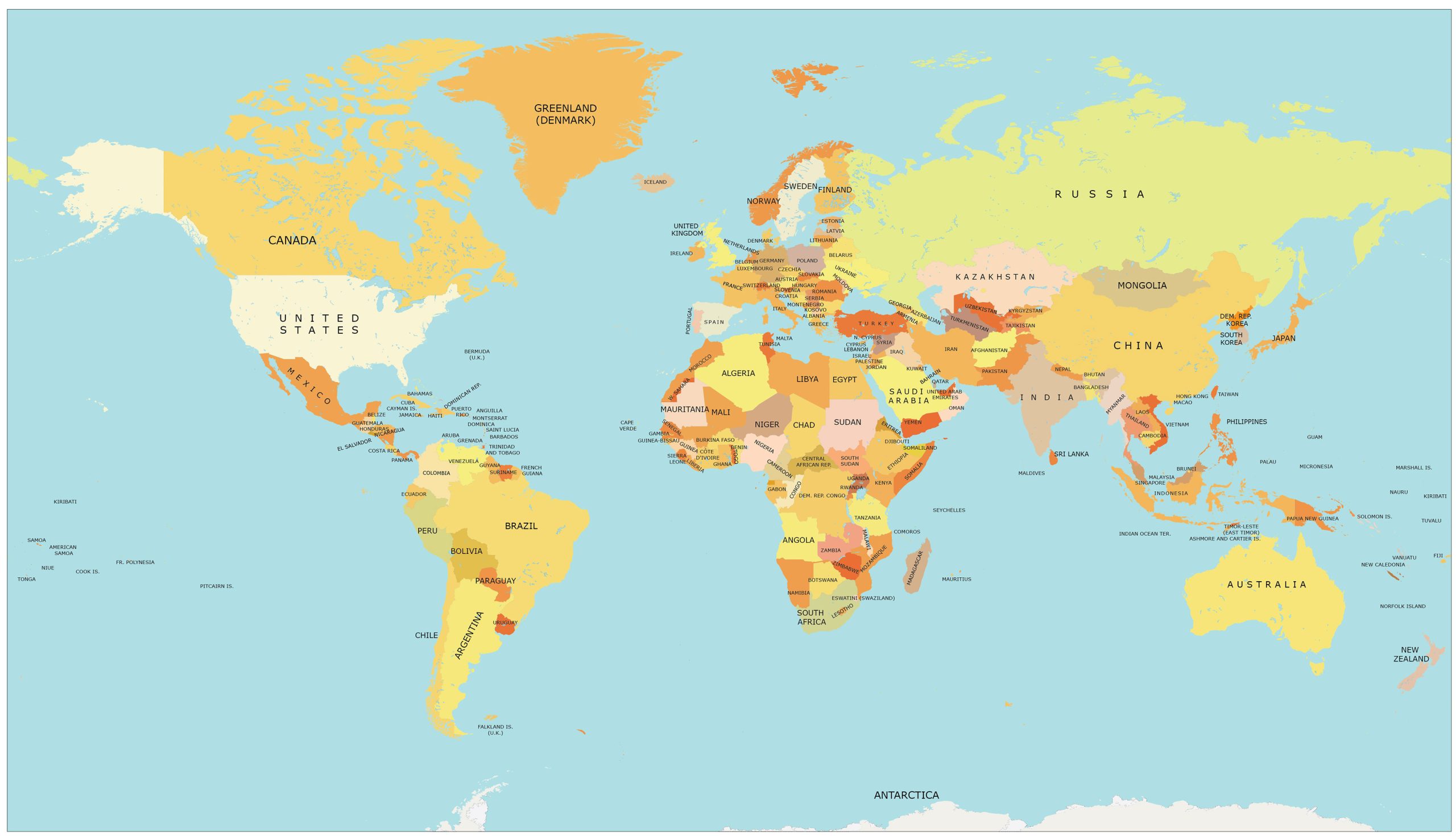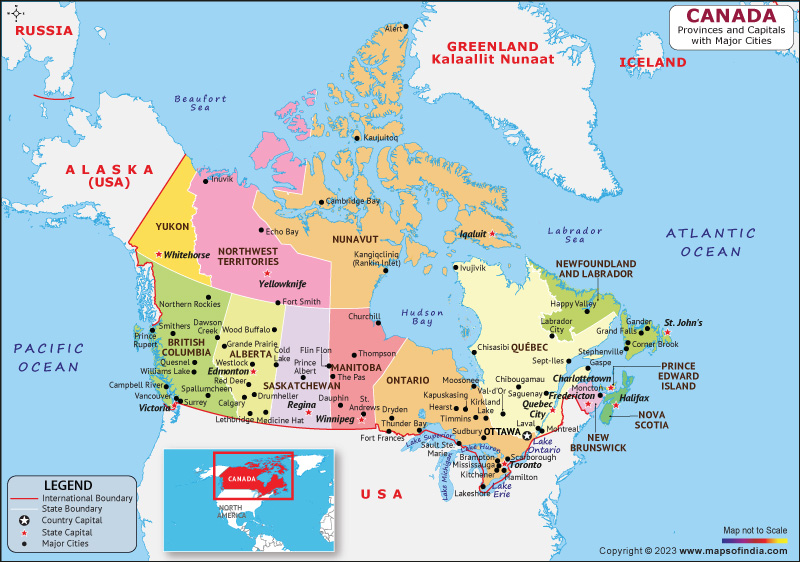
The Unseen Lines: Decoding Native American Treaty Boundaries and Their Enduring Legacy
A map of Native American treaty boundaries is far more than a cartographic curiosity; it is a profound historical document, a testament to broken promises, enduring sovereignty, and the indelible connection between Indigenous peoples and their ancestral lands. For the traveler and history enthusiast, understanding these intricate lines is not merely an academic exercise, but a vital lens through which to comprehend the very landscape of North America, its complex past, and its vibrant, resilient present. This article delves into the historical context, the profound identity wrapped within these boundaries, and why they remain critically relevant today.
The Genesis of Treaty-Making: A Contested Sovereignty
Before European colonization, North America was a mosaic of diverse Indigenous nations, each with its own sophisticated governance, land tenure systems, and intricate relationships with neighboring tribes. Land was generally understood not as a commodity to be owned outright and exploited, but as a living entity to be stewarded, with usufructuary rights – the right to use and benefit from the land – often shared or seasonally negotiated.

The arrival of European powers introduced a fundamentally different concept: land as property, an asset to be acquired, claimed, and exploited. Initially, European nations and later the nascent United States engaged in treaty-making with Native American tribes largely out of necessity. Facing powerful, organized nations, treaties served multiple purposes: to establish alliances, regulate trade, define territorial limits, and, crucially, to acquire land for colonial expansion.
From the perspective of European and American powers, treaties were legal instruments to legitimize their claims to Indigenous lands. From the Indigenous perspective, treaties were often agreements between sovereign nations, intended to secure peace, protect their territories, and ensure their continued existence and self-governance. This fundamental divergence in understanding – land as property versus land as sacred trust, and the nature of sovereignty itself – laid the groundwork for centuries of conflict and misunderstanding.
Anatomy of a Treaty Map: Layers of Loss and Resilience
When examining a map of Native American treaty boundaries, several critical layers emerge:
-
Ceded Lands: These are the vast swaths of territory that Indigenous nations formally (though often under duress, coercion, or misunderstanding) relinquished to the United States government. These lands form the bulk of what is now the United States, illustrating the immense scale of Indigenous land loss. Each cession represents a story of displacement, cultural disruption, and the fracturing of traditional lifeways.
-
Reserved Lands (Reservations): In exchange for ceding vast territories, tribes often "reserved" smaller portions of their ancestral lands for their exclusive use and occupation. These are the modern-day reservations, Indian Country, or tribal lands. Crucially, these lands were not "given" to tribes by the U.S. government; they were retained from their original, much larger territories. Reservations are sovereign territories, meaning they possess a unique legal status with inherent rights to self-governance, often distinct from state and local laws. The boundaries of these reservations are not mere lines on a map; they are the physical manifestation of tribal sovereignty and cultural survival.
-
Unceded Territories: Some Indigenous lands were never formally ceded by treaty. Examples include significant portions of the Pacific Northwest and the sacred Black Hills of the Lakota, which, despite being recognized as Lakota territory by the 1868 Fort Laramie Treaty, were illegally seized by the U.S. government after gold was discovered. These "unceded" lands remain a powerful symbol of ongoing injustice and a focus for contemporary land claims and political action.
-
Shifting and Diminishing Boundaries: A dynamic map would show how these boundaries constantly changed. Early treaties often established large, contiguous tribal territories. However, as westward expansion intensified, subsequent treaties, executive orders, and legislative acts progressively shrunk these areas, creating smaller, fragmented, and often less desirable parcels of land. The "checkerboard" pattern seen on many modern reservations is a direct result of the Allotment Era (Dawes Act of 1887), which broke up communal tribal lands into individual plots, with "surplus" land often sold to non-Native settlers.
Key Eras and Their Impact on the Map
The history of treaty-making can be broadly categorized into distinct periods, each leaving its unique mark on the map:
- Early Republic (Late 18th to Early 19th Century): Treaties focused on securing alliances and acquiring land in the East. Figures like George Washington and Henry Knox initially advocated for treating tribes as sovereign nations.
- Indian Removal Era (1830s-1850s): Driven by land hunger for cotton expansion and the concept of "Manifest Destiny," this period saw the forced removal of tribes from the Southeastern United States to Indian Territory (present-day Oklahoma). The Cherokee Nation’s "Trail of Tears," despite a Supreme Court ruling in their favor, exemplifies the brutal disregard for treaties and human rights during this period. The map of this era shows massive land cessions in the East and the creation of a concentrated "Indian Territory" in the West.
- Westward Expansion and Treaty Wars (Mid-19th Century): As settlers moved west, conflicts erupted with Plains tribes and others across the continent. Treaties from this era, like the 1851 and 1868 Fort Laramie Treaties with the Lakota, Cheyenne, and Arapaho, attempted to define vast tribal territories. However, these agreements were often violated almost immediately by settlers and the U.S. military, leading to devastating wars and further land loss. The Navajo’s Long Walk and subsequent confinement at Bosque Redondo is another stark example.
- Allotment Era (1887-1934): The Dawes General Allotment Act aimed to break up communal tribal land ownership, privatize land, and assimilate Native Americans into mainstream American society. It carved reservations into individual parcels, with "surplus" land often sold off to non-Natives, dramatically shrinking the tribal land base and creating complex jurisdictional challenges that persist today. The map from this period shows the fragmentation of once-contiguous reservation lands.
- Indian Reorganization Act (1934) and Self-Determination Era (1970s-Present): After decades of devastating policies, the Indian Reorganization Act marked a shift towards recognizing tribal self-governance. The modern era of self-determination has seen tribes actively working to reclaim land, strengthen their governments, and assert their inherent sovereignty. While the geographic boundaries may not expand dramatically, the meaning and control within those boundaries have been profoundly revitalized.
Identity, Culture, and Sovereignty: The Living Map
For Native Americans, these treaty boundaries are not merely historical relics; they are living maps of identity, culture, and sovereignty.
- Land as Identity: The land is intrinsically linked to cultural identity, spiritual beliefs, traditional practices, and language. Ancestral lands are where creation stories are rooted, where generations are buried, and where traditional knowledge is passed down. The forced removal from these lands, and the subsequent confinement to reservations, had a profound and traumatic impact on Indigenous identity, yet the connection remains unsevered.
- Sovereignty in Action: Within reservation boundaries, tribal nations exercise their inherent sovereignty. This includes establishing their own governments, developing legal codes, managing natural resources, operating businesses (like casinos, which provide vital economic support), and delivering essential services to their citizens. These boundaries represent the geographical limits of their jurisdiction and self-determination.
- Cultural Resilience: Despite centuries of policies aimed at assimilation and cultural eradication, Indigenous cultures have demonstrated extraordinary resilience. Within the bounds of their reserved lands, tribes have revitalized languages, revived traditional ceremonies, and fostered a renewed sense of cultural pride and continuity.
- Ongoing Struggles: The legacy of broken treaties and land theft continues to shape contemporary challenges. Issues such as resource management (e.g., water rights, mineral extraction), jurisdictional disputes between tribal, state, and federal governments, economic development, and environmental protection are often directly tied to treaty boundaries and the rights they represent.
Traveling the Treaty Lands: An Educational Imperative
For the conscientious traveler and history enthusiast, understanding Native American treaty boundaries transforms a simple journey into a profound educational experience.
-
See Beyond the Superficial: Recognizing that the "empty" or "wild" landscapes you traverse were once the heartlands of thriving Indigenous nations adds immense depth to your understanding of North America. Every river, mountain, and plain has a history far predating colonial settlement.
-
Respect Tribal Sovereignty: When traveling through Indian Country, you are entering a distinct sovereign nation. This means respecting tribal laws, customs, and cultural sites. Support tribal economies by patronizing Native-owned businesses, art galleries, and cultural centers.
-
Learn from Indigenous Voices: Seek out opportunities to learn directly from tribal members. Many reservations offer cultural tours, museums, and educational programs that provide invaluable perspectives on their history, traditions, and contemporary life. This moves beyond stereotypes and offers a nuanced understanding.
-
Acknowledge the Past, Engage with the Present: Understanding the history of treaties and land dispossession is not about guilt, but about acknowledging historical truth. It allows for a more informed and respectful engagement with Native American communities today, recognizing their enduring strength, self-determination, and ongoing contributions to the fabric of the continent.
In conclusion, a map of Native American treaty boundaries is a living document, charting not just geographical lines but the complex interplay of power, resistance, and resilience. It reminds us that the land beneath our feet holds stories of profound significance, and that understanding these unseen lines is essential for anyone seeking a deeper, more truthful engagement with the history and identity of North America. It is an invitation to witness the past, honor the present, and contribute to a future built on respect and understanding.
